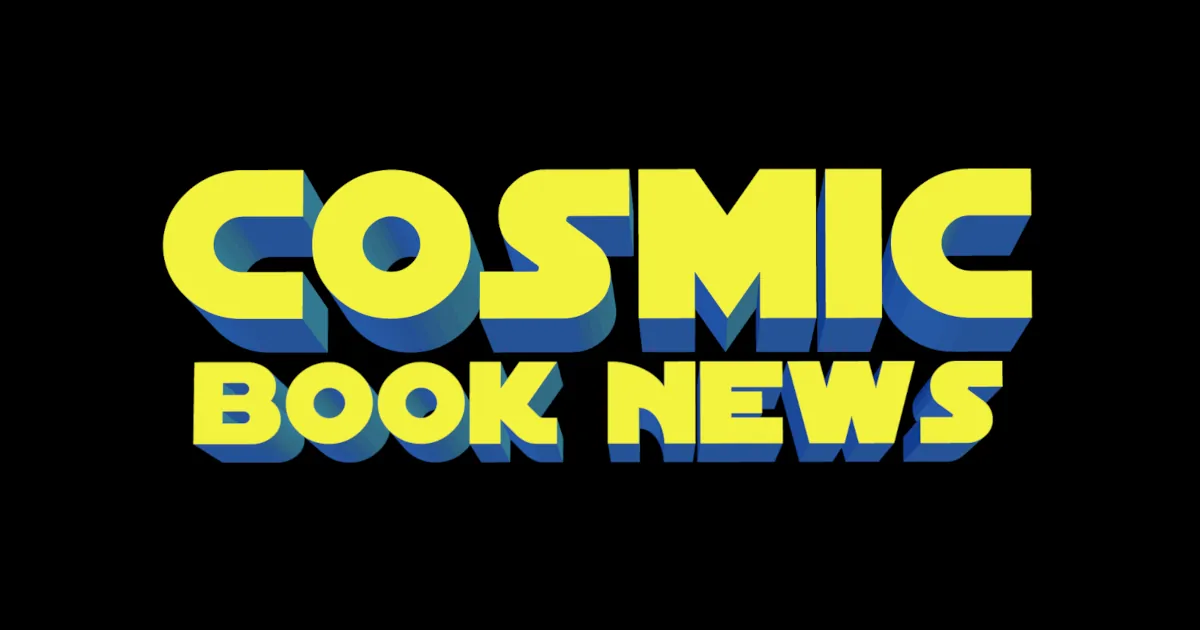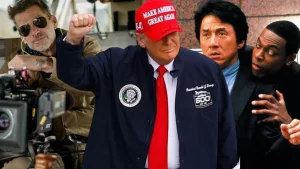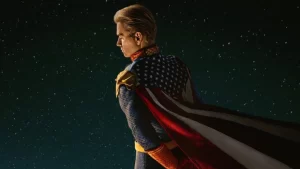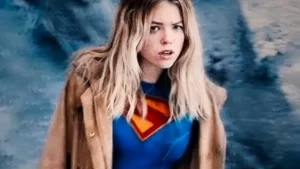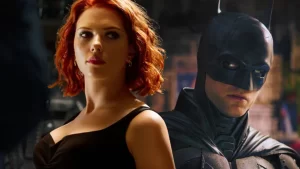There’s No Place Like the Original Home
A Film Review of Oz the Great and Powerful
By: Lawrence Napoli
If you have been to the movies recently, chances are you have seen the trailer for this film during the 40 minute prelude to the feature you bought tickets for. If you’ve been surfing the internet during the same period, chances are you’ve seen an advertisement for this film. If you watch TV, you have seen a commercial for this film. Basically, you must be living under a rock to not know anything about Oz the Great and Powerful, how it’s some kind of prequel to the original journey through Oz and that it’s starring “Mr. Renaissance Man,” himself: James Franco in the title role. Yes, this film has been greatly anticipated since 2012 and has so many things going for its success such as its connection to past greatness, its PG rating, screenings in 3D DLP and IMAX 3D projection, and the fact it happens to be a fantasy fairy tale that isn’t falling in line with the trendy (and played out) “dark” and “edgy” interpretations such as Alice in Wonderland, Red Riding Hood and Snow White and the Huntsman. Yes, all of this sounds really good on paper, but I could not shake the feeling that this film was trying way too hard to sell itself and that doesn’t seem to make sense based on its aforementioned “advantages.”
You cannot deny the power of my media blitz!
Screenwriters Mitchell Kapner and David Lindsay-Abaire were clearly going for a very different take on an iconic adventure while making as many nostalgic connections to the original as possible. This brings me to a couple of complications, the first of which is that the reader must understand that this film is meant to be a prequel to L. Frank Baum’s original book: The Wonderful Wizard of Oz and NOT the MGM film of 1939 starring Judy Garland. Sure, the audience gets a graphic indicating this during the title sequence, but no one will be thinking about that connection when so many familiar images, costumes and circumstances are carbon copied and enhanced from the 1939 classic. As the story unfolds, the audience will notice a greater disconnect from 1939 thanks to a plot layered with lots of detail and conflict to explain the political climate of the Land of Oz. Therein lies the second complication to the script. Oz, the character, is set up in an eerily similar manner as Dorothy to discover some personal truth. Oz struggles over a desire to be a “great” (successful) man rather than good (moral) man, and had this film been made 15-20 years ago, this element of the story would drive the entire production forward. Unfortunately, this part of the script takes a back seat to a relatively complex series of subplots that explains why witches, soldiers, tinkers, munchkins and flying monkeys are at each other’s throats; oh my!
[[wysiwyg_imageupload:6082:]]
Everyone, Everyone! I really AM that great!
Wasn’t this film supposed to be for kids? Contemporary live adaptations of fairy tales have clearly been marketed for older audiences that prefer more intrigue to their simple morality tales of yesterday. Oz the Great and Powerful is no exception in this regard. By infusing a redemption story with all of this extra conflict, the writers have effectively nullified the personal journey of Oz, which creates a rift between the audience and the protagonist who already has the distinct disadvantage of being presented as a scumbag in Kansas. There are moments where the film really wants to get into some very interesting and untred territory (i.e. the relationships among the witches), but then distracts us by returning to Oz’s less appealing journey. I can understand what the writers were trying to do, but their unfocused attempts prove (yet again) that a script wanting to do everything while sacrificing nothing delivers a confusing and incomplete experience. I’d rather have intelligence and intrigue read into a simple story by an audience that learns at the same rate as our main characters. Oz gives the audience full access behind the curtain from the very beginning thanks to what seems like a never ending string of exposition. Do I need to mention how this couldn’t have less to do with the land, character, mythos and original film of “The Wizard of Oz?”
[[wysiwyg_imageupload:6083:]]
What’s really going on in moments like this?
None of this criticism applies to how well children will appreciate this film as the manic nature of the story lends itself to the short attention spans of youngsters. The lynchpin for the kiddies happens to be the very exquisite special and visual effects at work in Oz. Colors are always bright and vibrant on the screen (even in Oz’s “darker” settings). The CG characters such as Finley and China Girl are as adorable as they are vapid. The costumes are as unique as they were in 1939. The sets and set pieces are very detailed up close and at range. Heck, even the 3D effect on an IMAX screen isn’t a complete and utter waste of time as it is for any other film not named Avatar. Basically, pure production value will capture your children’s minds, goofy slapstick will enthrall them and the effects will amaze them. There may not be a lot of “lesson learning” at work, but concerned parents worried about the “scariness” of the witches or the perceived violence in Oz can rest easy. Every moment where this film could take a Tim Burton turn to the morbid or a Robert Rodriguez turn to the violent, Sam Raimi consciously holds back so as to keep the overall tenor of this film light. Oz will probably be the best family movie of the year and its strategic release at the beginning of March maximizes its allure of a new, blockbuster while getting a secondary adrenaline shot to its sales by the end of the month thanks to Easter. Well played Disney, well played.
[[wysiwyg_imageupload:6084:]]
Oz looks magical and sometimes looks are enough.
Every cast member in Oz looks really, really good so kudos to makeup department head, Vivian Baker, and the intimidating size of her makeup team that contains almost as many crew as credited cast. Looks, however, don’t necessarily yield substantive performances, and I’ve got to start right at the top with Jimmy Franco. I think he’s a fine actor and his recent work in 127 Hours and Rise of the Planet of the Apes is evidence of that, but sometimes I feel his performances are a tad lax, a bit smarmy and somewhat mailed-in. This is the exact impression I got from his performance in Oz. It’s not an easy proposition playing a charming rogue in a PG feature where spectacle, CG and cartoon characters upstage you at every turn. A fully engaged and talented actor can power through this to make a memorable performance, but what Mr. Franco leaves the audience with is a collection of half-baked smiles and clueless faces. Chemistry with his CG travelling companions is nonexistent as he constantly talks down to them and ends just about every line of dialogue with an “are you kidding me?” expression on his face. Chemistry between him and all of the witches is hollow as he never fully commits positive energy to the good ones while never getting personal enough to despise the bad ones. Franco, perhaps, indulges his character’s personality a bit too well because Oz radiates mightier-than-thou arrogance in every scene that somehow reminded me of his co-hosting duties with Anne Hathaway during the Oscars a couple years back.
[[wysiwyg_imageupload:6085:]]
It doesn’t get much more dangerous than this; which happens to be quite tame.
Rachael Weisz plays an effective villain in Evanora for this type of film which is determined to curtail the depiction of violence as much as possible. Weisz has certainly played much more vicious roles and while Evanora is clearly evil, her inability to cut loose hampers this character as well as her performance to the point that it comes off as quite flat and predictable. Mila Kunis’s Theodora has the widest range of emotions to cover which makes sense seeing how her character makes a considerable transformation. Eventually Kunis takes full advantage of an atrocious cackle inspired by her interpretation of Meg Griffin at the age of 80, but I was much more interested in her character when she was neutral in the entire conflict. Kunis has an uncanny ability to sell friendliness, but tends to make me smirk when she gets angry. She came the closest out of all the witches to shatter Franco’s demeanor of disinterested malaise. Michelle Williams provides genuine warmth in her performance as Glinda. Out of every human performance in Oz, hers is easily the most charismatic thanks to her sincere dialogue, soft voice and intimate gazes. Her contributions are most welcome in a production that lacks some uncompromising heart.
[[wysiwyg_imageupload:6086:]]
Glinda actually is quite lovely.
Oz the Great and Powerfulis an ideal family film in that it is entertaining enough for everyone. Kids will have fun and they will be safe. Unfortunately, a Jack of all trades can never be a master of any, and the fact that this film pales in comparison to its masterful lineage is disappointing to me because of my love of The Wizard of Oz of 1939. I thought that it was an inspired notion to have a protagonist reconcile the difference between goodness and greatness because it is so common for those concepts to be considered directly connected. I just wished that this film actually cared about exploring that idea. On top of everything, I found almost no redeeming value in the character of Oz. Sure, he’s the main character, but he generates no sympathy. By the end of the film, he clearly becomes the hero and makes the right choice, but he was shamed into this choice rather than rising to meet it. I suppose a con artist will always be a con artist, so I suggest to you all to not be disappointed by the shallowness of Oz’s cool surface. What you see is all that you will get.
[[wysiwyg_imageupload:6087:]]
The eventual sequels may involve more of this character.

